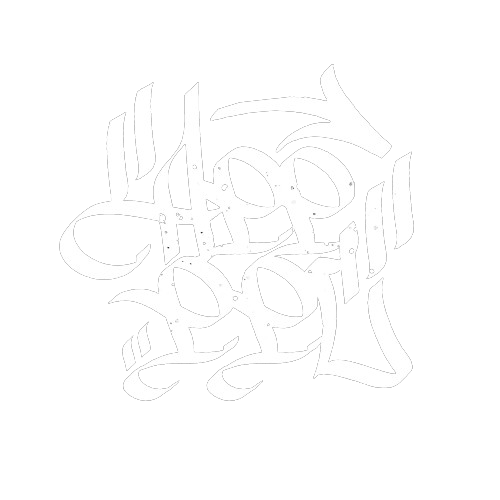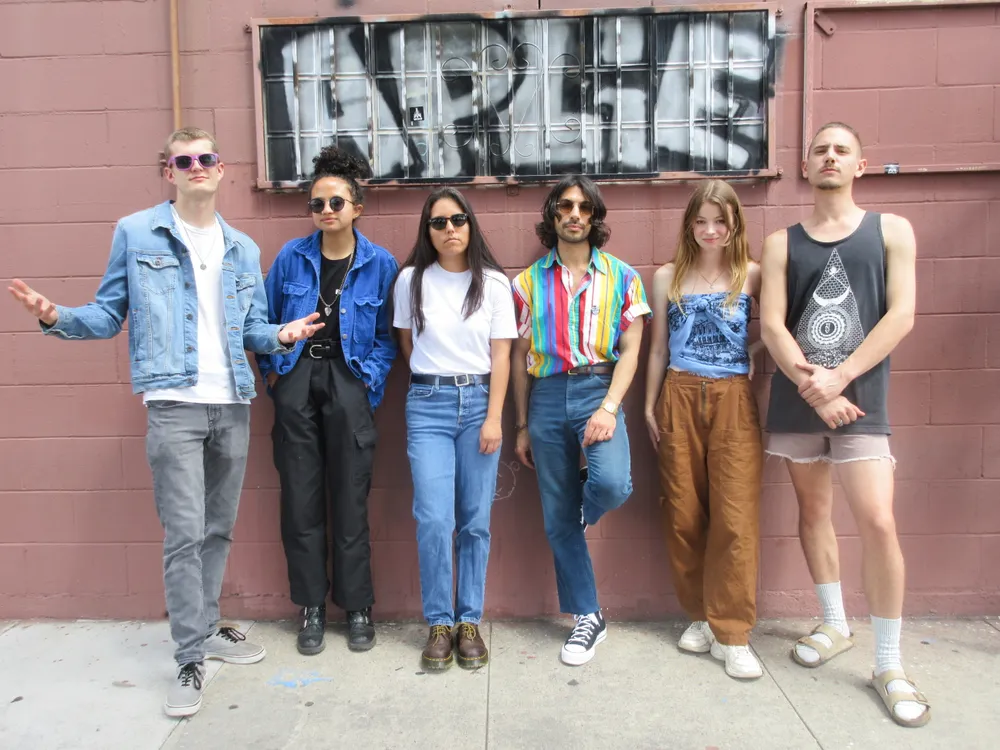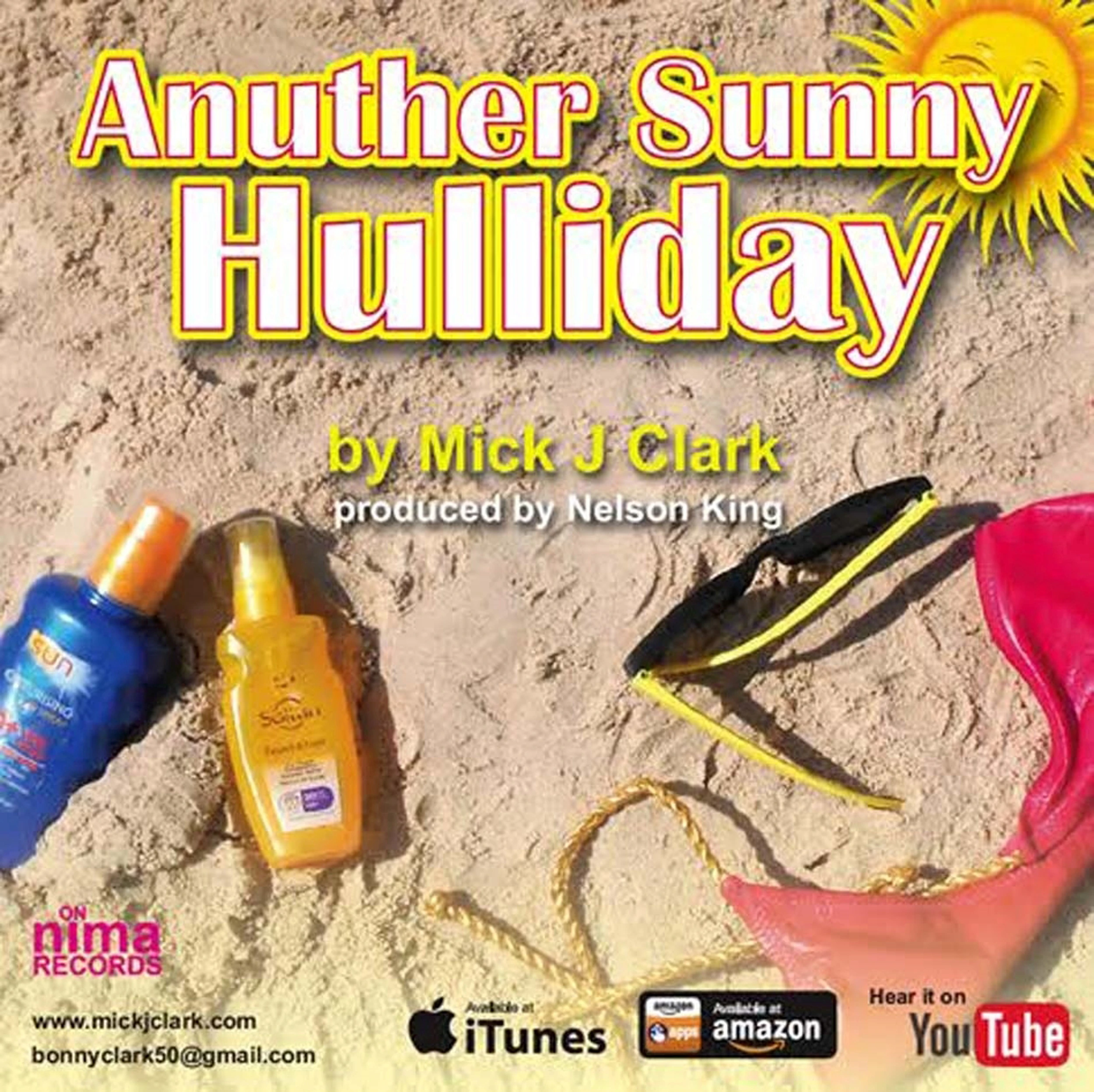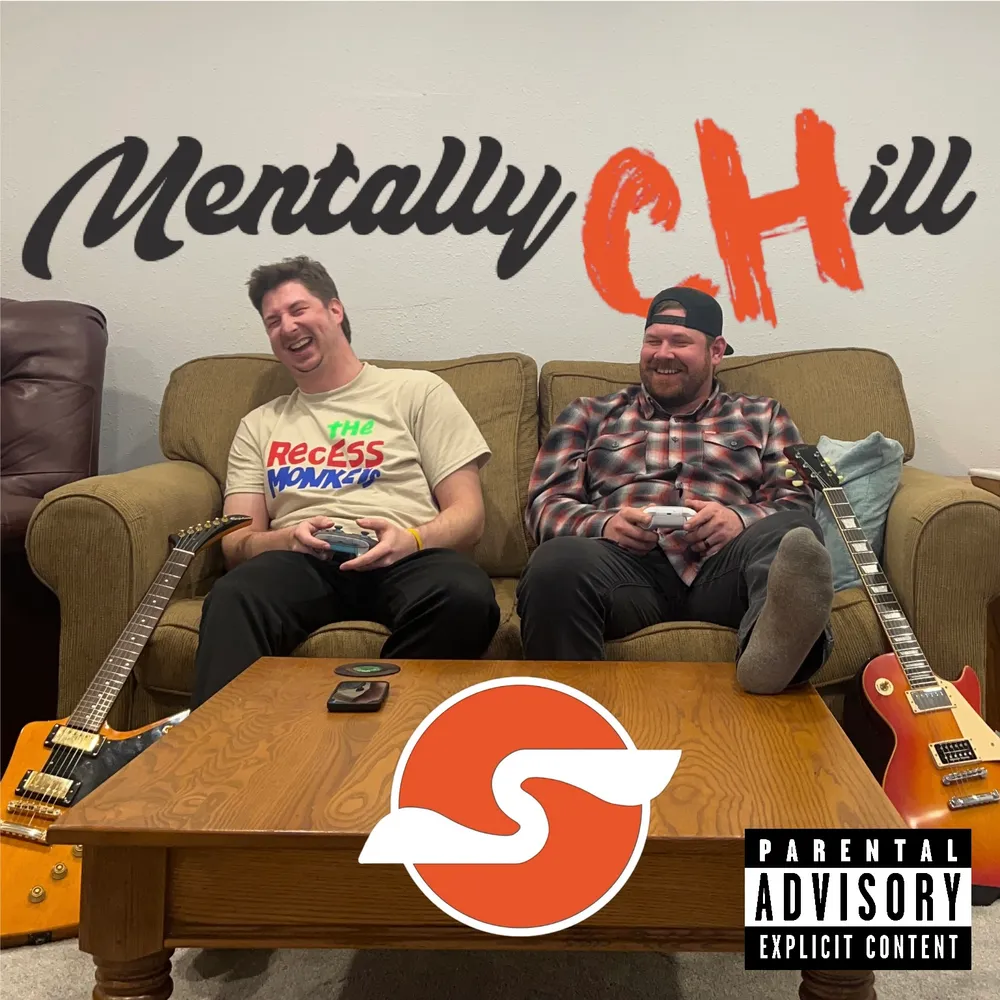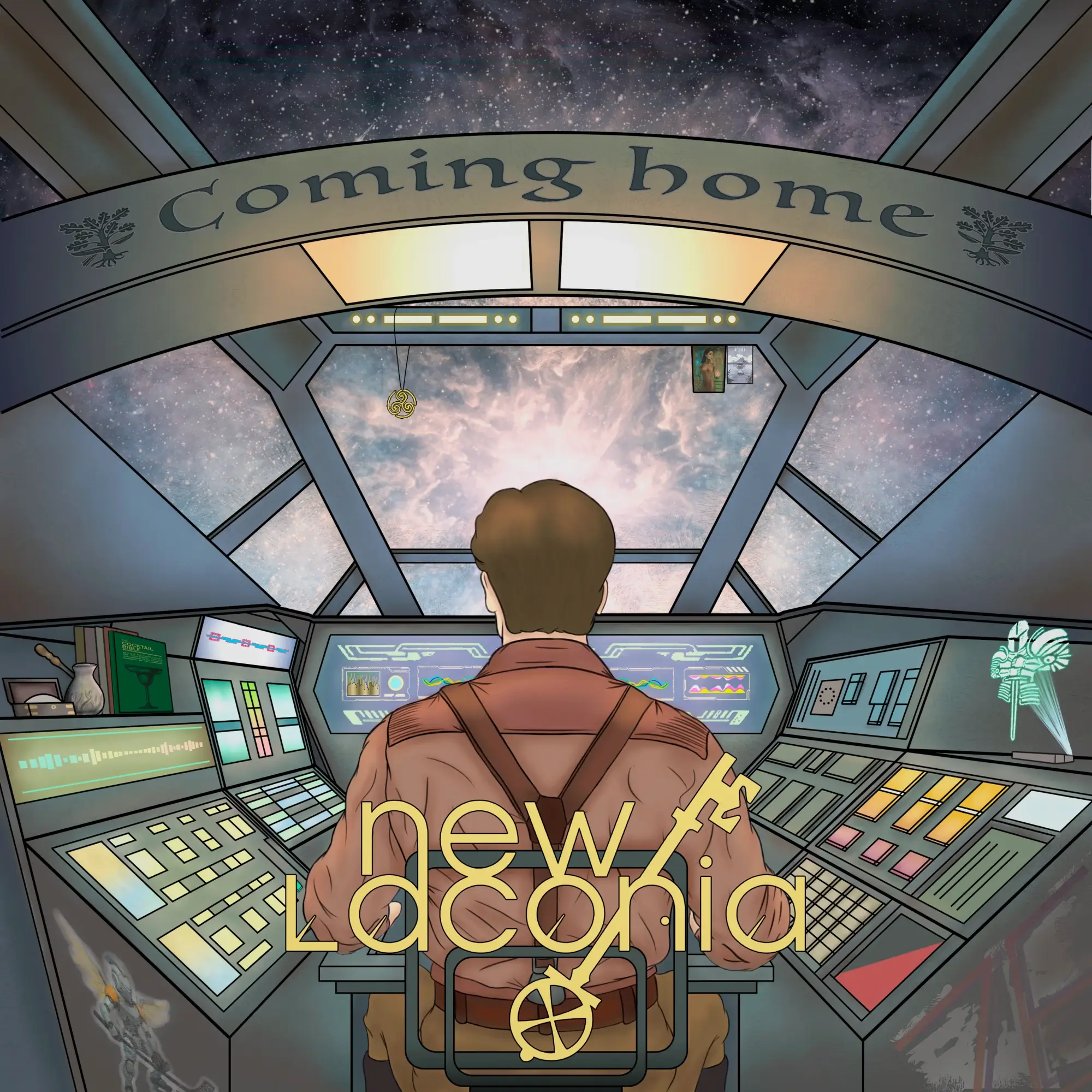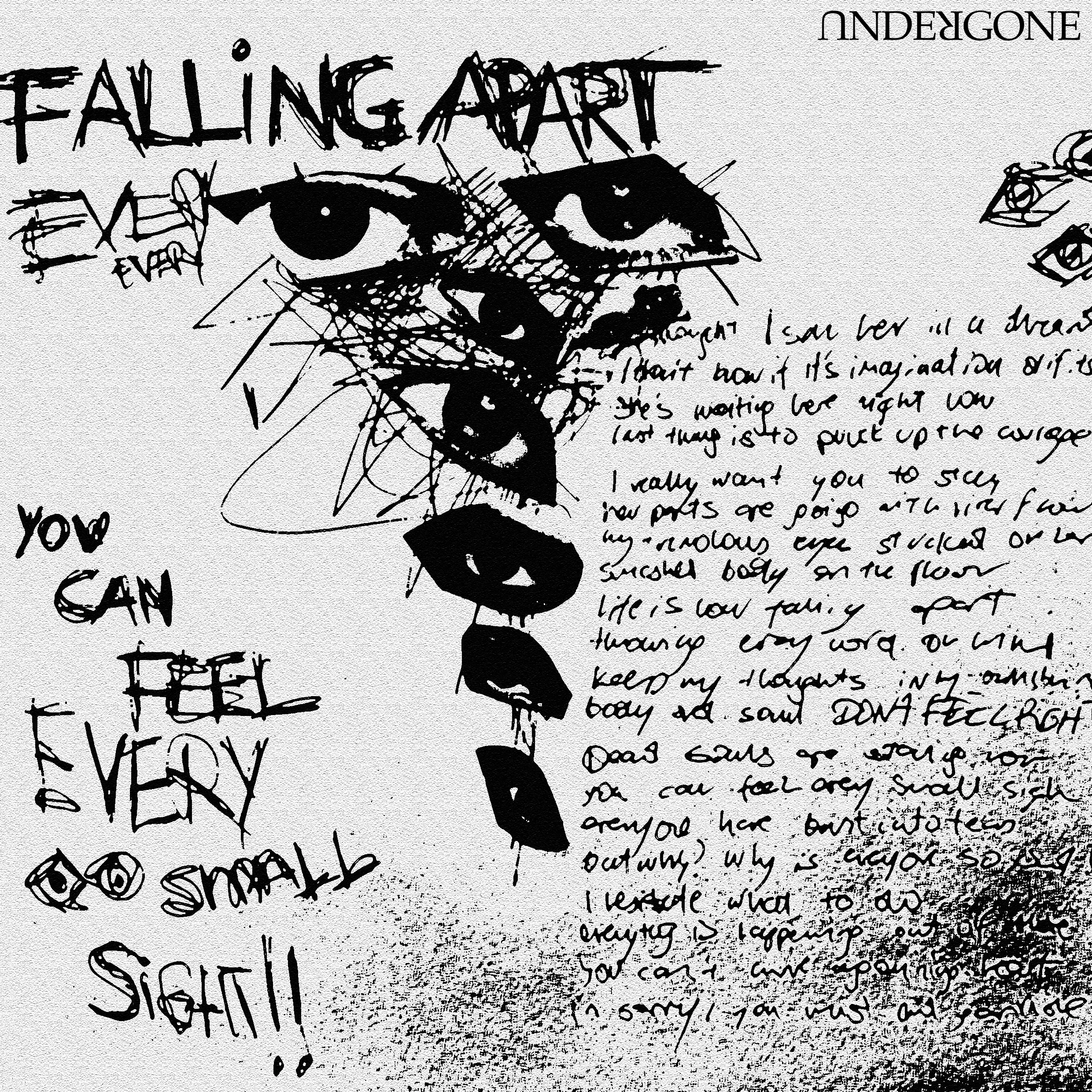Every other week, some indie artist pops up declaring they’ve reinvented music with their laptop and a £10 mic from Gumtree. And usually, it’s fine. Charming, rough around the edges, occasionally surprising, but not exactly the stuff of revolutions. Then along comes Shu Lee, who actually means it. His second album Fusion Of Colours isn’t just DIY in the sense of “I mixed this on Audacity and my cat coughed in the background so I kept it in.” It’s DIY in the militant sense: Lee wrote every note, played every instrument, sang every line, did the recording, engineering, cover art, and even the release strategy; all is on a budget that would barely cover a round of drinks in Sydney. Out of this stubborn independence comes MFDM (Multifaceted DIY Music), Lee’s self-declared philosophy. And for once, you can’t accuse an artist of overselling it.
Now, when I first read the album notes, my reaction was: Sure mate, nine languages and nine genres on one record, I bet. It sounded like one of those bold claims you skim on Bandcamp before realizing the music is just lo-fi shoegaze with extra steps. But here’s the embarrassing bit: I actually had to research this, and Lee wasn’t lying. Dharug and Mandarin really do share space on one track. There’s another with five languages stacked like a Jenga tower. The sheer fact-checking required to keep up with this album should probably count as part of the listening experience. It’s rare that a record makes you doubt reality enough to open Wikipedia before track three.
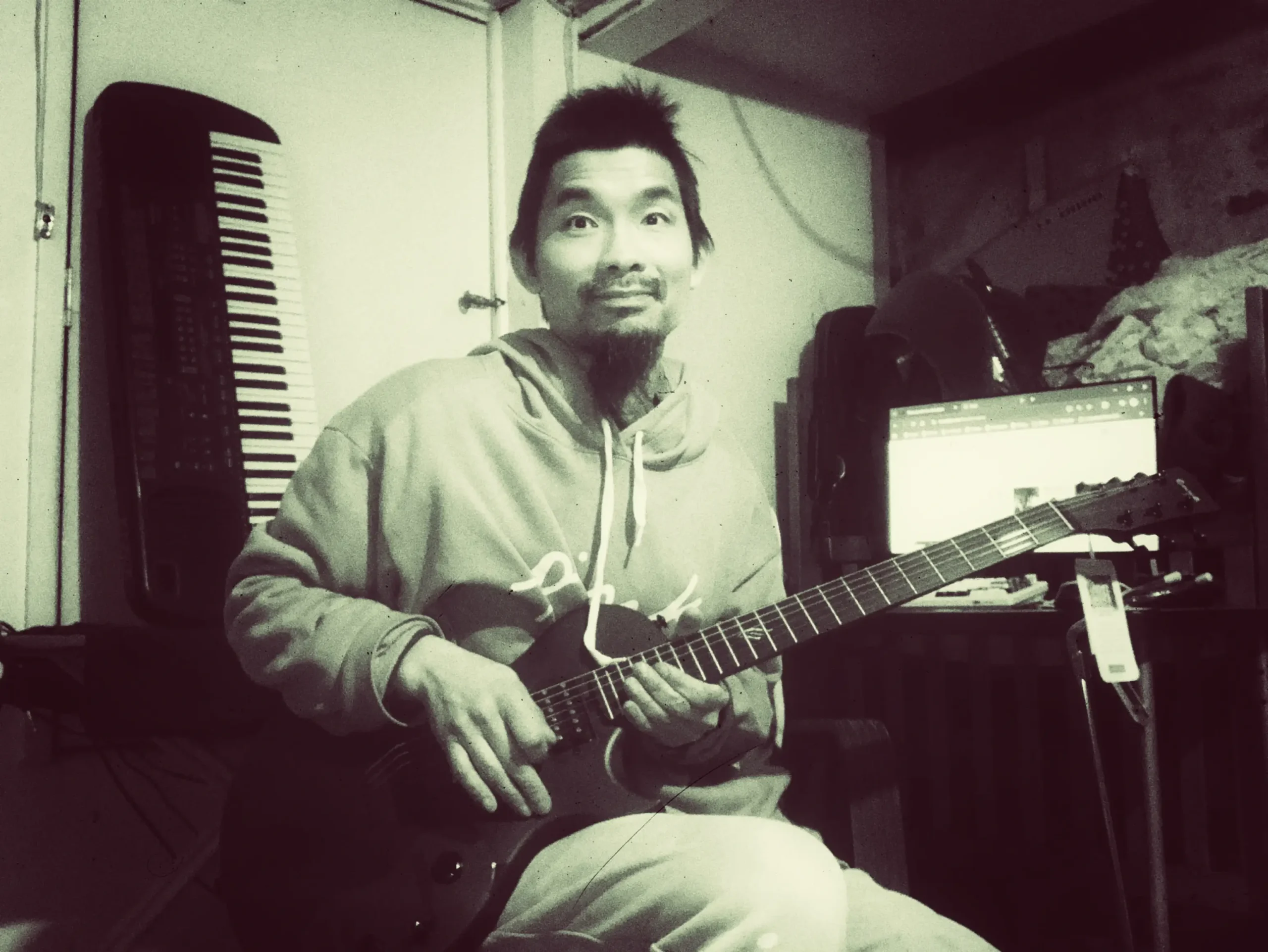
The record begins with “I Am A Pyx,” a track that sets the tone without ever settling into one. What starts small and intimate soon swells into something bigger and almost hymn-like. It’s less a tidy song and more a statement: fragility and resilience wrapped together, declaring presence before anything else. Then comes “Magpie On The Roof,” lighter on the surface but with bite underneath. Folksy and jangly, it’s playful in a way that never feels throwaway, like a suburban snapshot that’s equal parts charm and sharp edge. From the start, Lee sets up the album as a pendulum: swaying between confessional intimacy and broader cultural manifesto.
Here’s where Fusion Of Colours makes its strongest case for itself: in the way it uses language as sound. “Bada Buru” combines Dharug, an Indigenous language of Western Sydney, with Mandarin Chinese, Lee’s heritage tongue. On paper it sounds like an experiment waiting to collapse under its own ambition. In practice, it flows with a strange inevitability, like two languages meeting not for the first time but after centuries of waiting. “Kampung Halaman” pushes the idea even further. It weaves Malay, Tamil, Mandarin, English, and Spanish into one track; not neatly, not smoothly, but deliberately jagged. Instead of pretending cultures slot together like Lego bricks, it highlights the tension, friction, and beauty of living across them. Even if you don’t follow the words, you feel their overlap like colliding memories. It’s not catchy in the playlist sense; it’s compelling in the lived-in sense.
Lee never lectures, but politics run under the record like groundwater. One track feels like an elegy without being fully sad, another like a protest disguised as a joke. “Love Song to Lebanon” aches with solidarity, folding Middle Eastern textures into a piece that balances mourning with celebration. And then, in a sharp pivot, “We Should Get Married But We Can’t Afford It” delivers biting humour through an upbeat, jangly pop-rock anthem about economic precarity. It’s witty, sharp, and the kind of thing you could easily imagine drunkenly belting out with friends. Later, “Yin and Yang” shifts to the philosophical, fusing electronic beats with traditional strings. It leans earnest, but Lee earns it: contradictions are the whole point of this record, and here they’re spelled out in sound.
What makes Fusion Of Colours memorable isn’t the trivia of a bunch of languages or nine genres. It’s how the record insists on messiness as method. The raw edges, the uneven takes, the sudden tone shifts; they aren’t mistakes. They’re the philosophy. Lee’s MFDM isn’t about faking polish; it’s about refusing to sand off the awkward truths of real life.
In a moment where “fusion” often just means tossing a bongo loop into an EDM track, Lee offers something different. This isn’t fusion as playlist garnish. It’s fusion as survival. It’s testimony. It’s not about sounding global for the sake of branding; it’s about sounding like Shu Lee.
By the end of Fusion Of Colours, what you’ve heard isn’t just a record but an argument disguised as one. It argues that identity is messy, that hybridity isn’t optional, that language can be both barrier and bridge. And it makes that case without waiting for mainstream approval or caring about it. Shu Lee made a dare on Fusion Of Colours. And honestly? It’s one worth taking.
Follow Shu Lee
About the Author
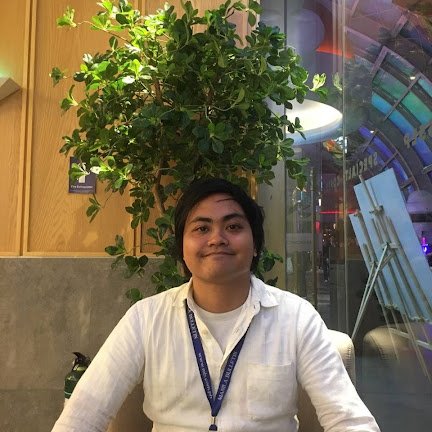
A tenured media critic known working as a ghost writer, freelance critic for various publications around the world, the former lead writer of review blogspace Atop The Treehouse and content creator for Manila Bulletin.
